Felids, members of the Felidae family, are terrestrial mammals that, throughout their evolutionary history, have colonized most regions except for Australia, Madagascar, New Guinea, New Zealand, Japan, Oceania, the poles, and some islands west of India. In the Andes, specifically in the arid Altiplano of northern Chile, two of the world’s most elusive and little-known felines can be found: Andean Cat (Leopardus jacobita) and Pampas Cat (Leopardus colocolo).
The Arid Altiplano of Northern Chile
The Chilean Altiplano is a fascinating and extreme environment. At an average altitude of 4,000 meters above sea level, this landscape captivates us with its arid and cold climate, where temperatures can range from 20 °C during the day to a freezing -10 °C at night. With minimal rainfall, this area is considered one of the driest regions on the planet.
However, even in this high-altitude desert, life finds a way to thrive.The Andean Cat and the Colocolo chose exactly these difficult conditions as their habitat. Despite being iconic species, very little is known about them. Their remarkable ability to remain hidden, combined with the challenges of such an extreme environment, makes it very complex and difficult to carry out serious long-term studies.
Small Cats in Chile’s Altiplano
Andean and Pampas Cat share similar habitats: arid regions with extreme temperatures, scarce vegetation, and rocky landscapes that provide shelter to a diverse range of animals. However, the Colocolo Cat has a wider distribution in Chile, ranging from Arica to Magallanes, with at least three recognized subspecies in the country: Leopardus colocolo colocolo, L. colocolo pajeros, and L. colocolo garleppi. In contrast, the Andean Cat has a more restricted range, limited to the northern region of Chile. Although these species inhabit similar harsh ecosystems, they differ significantly in their distribution, appearance, and conservation status.
Morphologically, the Andean Cat stands out for its ashy-gray fur adorned with vertical reddish-brown or yellowish markings. Its most distinctive feature is its long tail, which can measure up to 50 cm and is marked with six to nine dark rings, making it unique.
In comparison, the Pampas Cat has warmer-toned fur, with a blondish-gray base speckled with reddish or grayish spots on its back and brown transverse stripes on its legs and tail. The fur on its chest is usually lighter, and it has pointed ears and a pink nose.
Unfortunately, both felines face significant threats. Pampas Cat is classified as Near Threatened on the IUCN Red List, while the Andean Cat, one of the rarest felines in the world, is listed as Endangered.
Field Notes: Exploring the Habitat of the Andean Cat
In December 2019, Enrique Couve, co-founder and co-owner of Far South Expeditions, together with his son David, himself expedition guide at FSE, undertook a journey to document and observe the Andean Cat using camera traps and by thoroughly exploring gorges, rocky outcrops, and areas of shrubland.
During the expedition, they faced various weather challenges, such as thunderstorms and torrential rains that complicated their search efforts.
Despite the obstacles, the expedition documented the region’s rich biodiversity and even discovering fascinating fossilized tracks from Pleistocene fauna.
David shared an intriguing field report about this experience. (Click here to read more.)
We’d also like to tell you the story of John and Phil, two feline-enthusiasts who traveled to Chile in order to search for the Andean Cat, a species they had dreamed of seeing for a long time. Their detailed account highlights the logistical challenges of exploring the Altiplano and the importance of having an experienced guide like Enrique Couve, who played a key role in their adventure.
Together with the Far South Expedition team, they embarked on a journey filled with challenges, unique moments, and extraordinary sightings. You can read the full story on Mammals Watching—click here for the link!
Small Cats of the High Andes Quest
David Couve, naturalist guide and leader of the Small Cats of the High Andes expedition, explains that finding these elusive felines requires patience and keen observation. The quest consists of two daily hikes—one in the morning and another in the afternoon—scheduled during hours of lower solar intensity and lasting approximately three hours each. The routes traverse the Altiplano valleys, an arid and demanding terrain where interpreting the environment is key to identifying signs of the cats’ presence.
Despite the challenging terrain and the effects of altitude sickness, known as “puna,” each day in the Altiplano offers new surprises and opportunities to learn more about these fascinating animals. As David notes in his field report, “It’s a demanding search.” Finding these elusive cats is no easy task and involves long walks through an arid, unforgiving landscape.
Would you like to join us on an expedition to search for these mysterious Andean inhabitants and learn more about their lives? Join our group, guided by an expert, in the quest for small felines of the Altiplano.



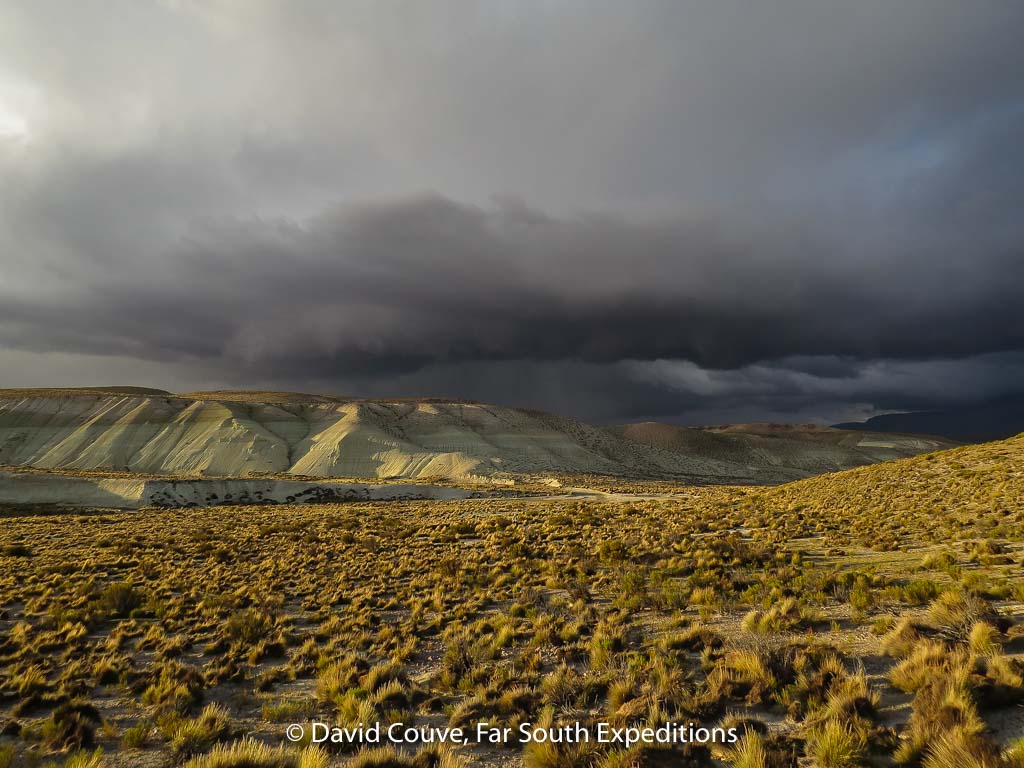
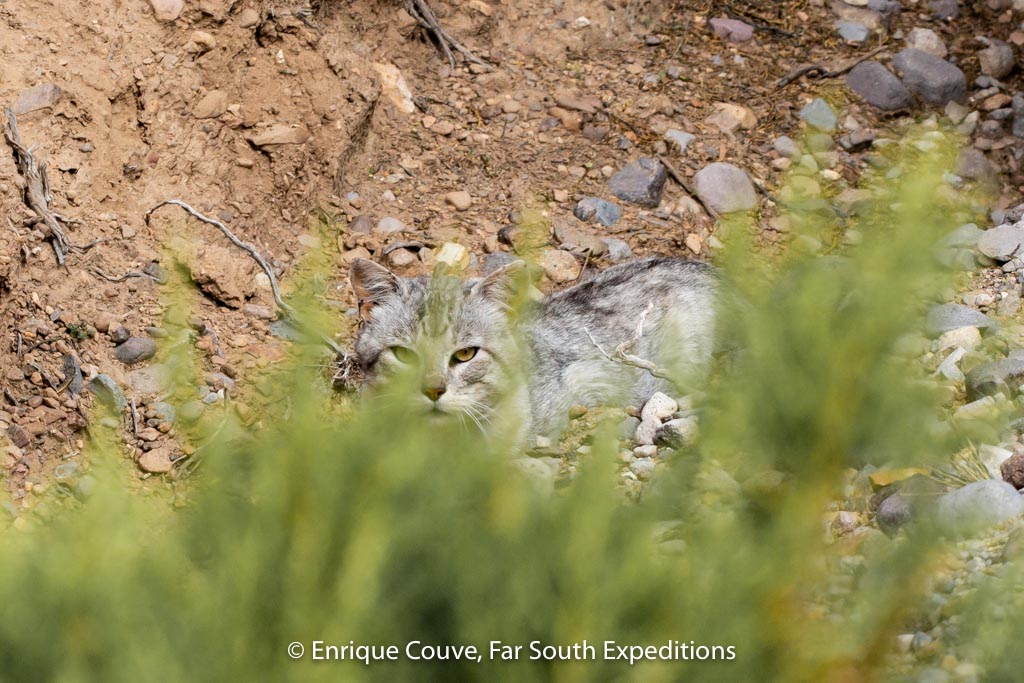
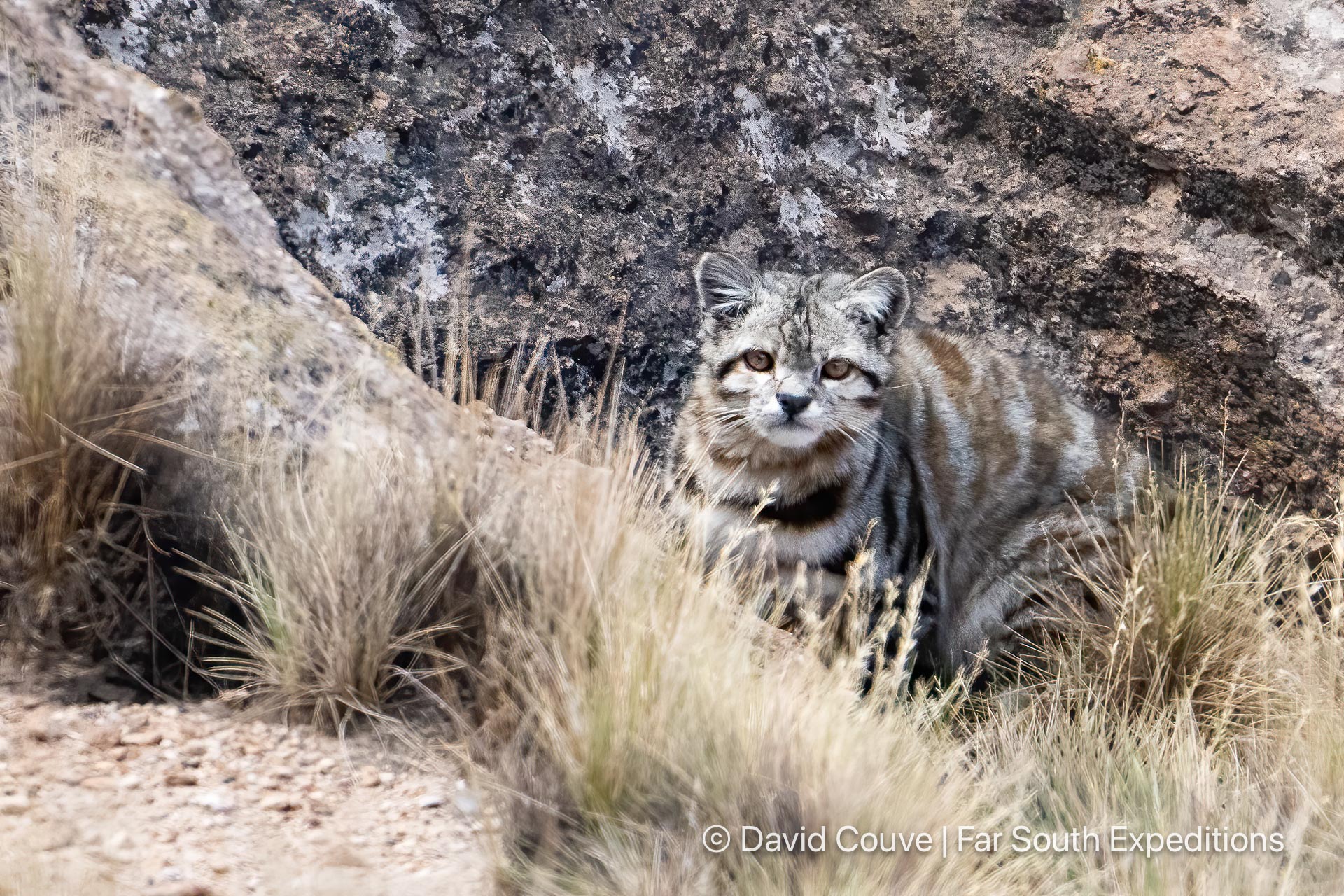
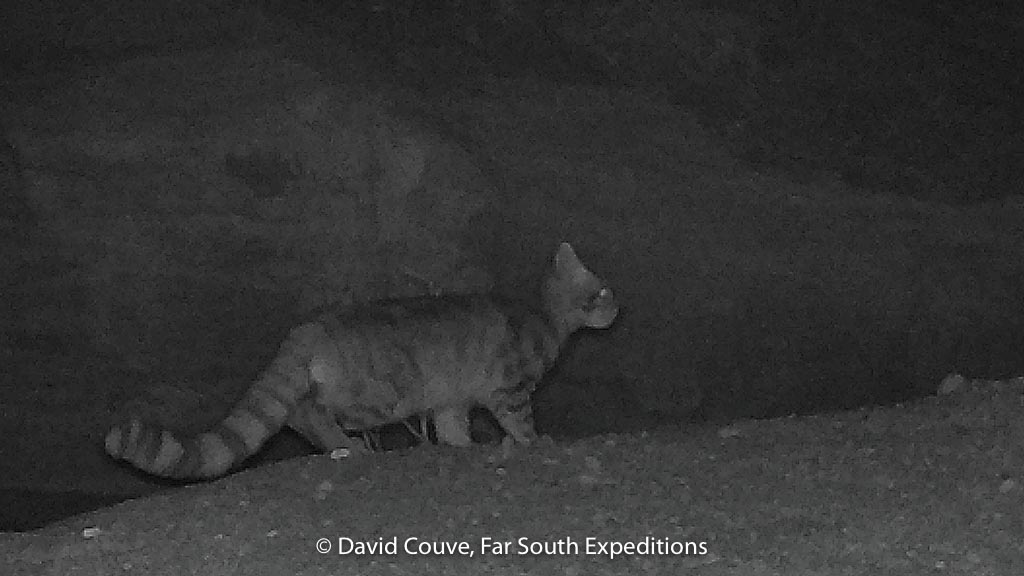


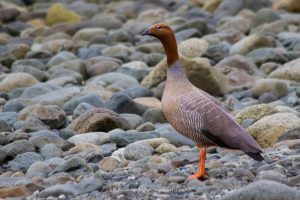

Leave a Reply
Your email is safe with us.